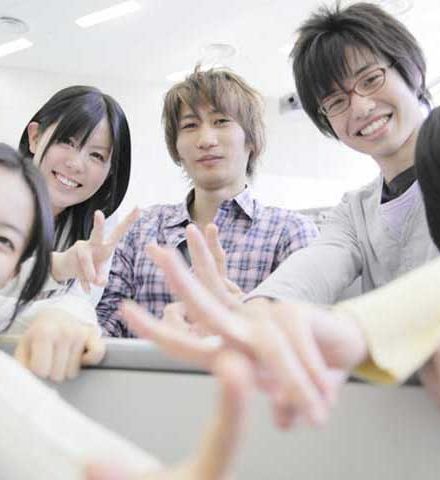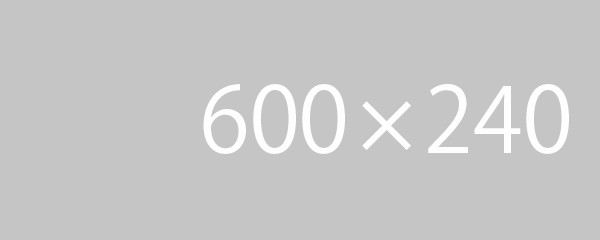17 6: Radiocarbon Dating: Utilizing Radioactivity To Measure The Age Of Fossils And Other Artifacts Chemistry Libretexts
Carbon exists in three types, or isotopes, carbon-12 (12C), carbon-13 (13C), and carbon-14 (14C). Carbon-14 is shaped in the upper ambiance when a neutron in cosmic radiation strikes an atom of nitrogen-14 (14N) and converts it to carbon-14. [1] The 14C is unstable (radioactive) and eventually decays [2] back to nitrogen-14. The price of decay is such that half the atoms of carbon-14 in a pattern decay to nitrogen in roughly 5730 years. [3] When the rates of 14C formation and decay reach equilibrium, the concentration of 14C in the environment reaches a continuing stage.
Because we’re releasing extra carbon dioxide into the ambiance than ever before, scientists should calibrate future measurements to take this influx of emissions into account. Why then ought to we expect the radioactive clocks to yield relative ages that comply with a logical pattern? (Actually, youthful sedimentary layers yield a similar basic pattern15—determine 5.) The answer is once more simple however profound! The utility of this analogy to studying the radioactive “clock” should be readily go3fun co obvious.
Support the traditional art discovered all round the world
the earth’s upper environment. These
Radioactive dating of rocks: questions answered
The first methodology for dating organic objects (such because the remains of vegetation and animals) was developed by one other American chemist, Willard Libby (1908–1980). He grew to become intrigued by carbon–14, a radioactive isotope of carbon. The most abundant isotope in nature is carbon–12, followed in abundance by carbon–thirteen.
Radioactive decay
Flood and younger earth. Carbon-14 courting is actually the good friend of Christians, and it supports










